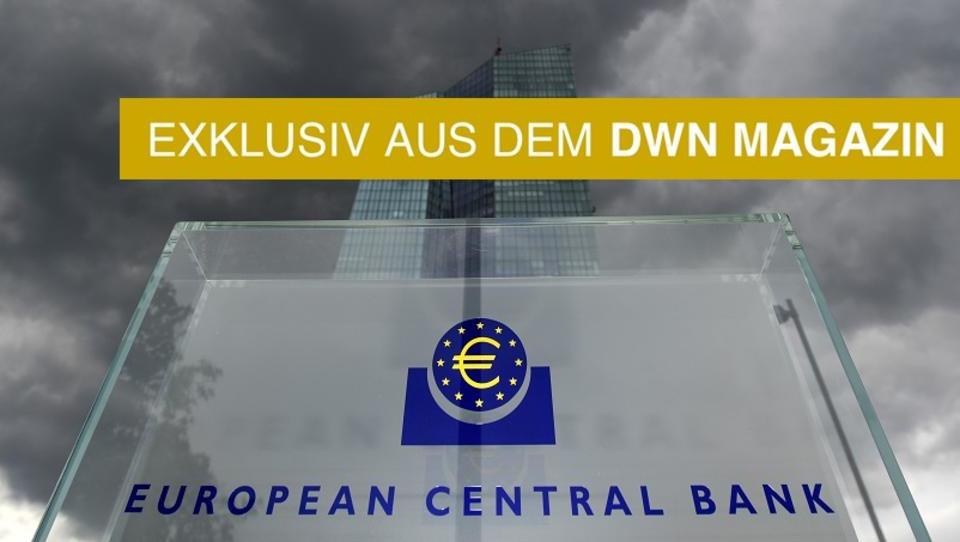At the end of the 5-day placement of the new BTP Futura 2037, a gran dilemma shake the little saver. Both those who bought it and those who decided to pass the hand. Ditto for those who subscribed to the previous twin issues, namely the 10-year and 8-year Futura BTPs.
That is to say: how much will who bought the BTP Futura 2037 take home compared to those who bought BTP Futura 2030 or 2028? Let’s proceed in order.
A quick summary of the three issues
Before trying to give an answer, let’s briefly compare the three issues. In fact, we remind you that:
a) the level of risk is almost identical for the three products, the same for the rating of the issuer and the subsidized taxation regime of 12.50%;
b) in all three instruments, the formula chosen by the MEF is that of fixed coupons of the step-up type. Only the weighted average coupons, the loyalty premiums and the overall maturities of the three issues (respectively 10, 8 and 16 years) change.
The 1st bond of the series, the BTP Futura 2030 (ISIN: IT0005415283), offers 1.15% in the first 4 years, 1.30% in the following 3 and 1.45% in the final three years. The weighted average coupon is therefore equal to 1.285%. To which is added, upon expiry, the loyalty bonus of between 1 and 3% of the invested capital.
As for the BTP Futura 2028 (ISIN: IT0005425753), the thresholds are three and equal to 0.35% in the first 3 years, 0.60% from the 4th to the 6th, 1% in the final two-year period. A yield of around 0.606% is obtained from the weighted average of the rates. To which must be added the final (and only) loyalty bonus of between 1% and 3% of the invested capital.
Finally, with regard to the latest issue, we refer to following link for all the details.
So, how much will who bought the BTP Futura 2037 take home compared to those who bought the BTP Futura 2030 or 2028?
The third issue of the BTP Futura did not warm the hearts of investors too much. In fact, subscriptions amounted to € 5.477 billion, against € 5.7 billion in November and € 6.1 billion last July.
In light of the three collections, can we say that the last bond issued is the least convenient of the three? Absolutely not.
Perhaps in this case it will have been able to play against the 16-year duration, perceived as very long by the small retail investor. Or the split of the loyalty bonus into two tranches (2029 and 2037) will not have been very appreciated by the market.
Prize that, remember, will be collected only by those who have already bought it and will keep it until the two respective deadlines.
In all three issues, the greatest convenience to subscribe lies precisely if the security is held until its maturity. In fact, it raises the total weighted average return. While the coupons of the first windows (the first years) are always the lowest and least attractive of the three series.
At this point, at least another double term of comparison is triggered beyond the weighted average coupons. First of all, the inflation that will come: which of the three underwriters can be considered relatively safer from the future increase in the cost of living? That is, which of the three investors protected the purchasing power of his money best?
Inflation, spread and market liquidity
Moreover, those who bought the BTP Futura also hope for a return of inflation. This rise, in fact, would be an indirect sign that GDP is growing, to the benefit of the final loyalty bonus. But would it be more desirable to focus on the protection of purchasing power or on the maximum of the double final prize?
Yet another consideration, always on the subject of inflation (and in part this also applies to the spread). If it were to make a comeback in the future, future emissions would also be affected. In the sense that the increase of this variable would be followed by more generous issues in terms of coupons.
Now, placed in front of them, how much (and if) will the coupons of the three Futura BTPs appear relatively lower? At that point, the small investor may even think that he has invested his long-term money ahead of time.
However, the coupon type formula that increases over time makes the BTP Futura less sensitive to future increases in reference rates. Again, think for example that the yield of the neo-bond is equal to the remuneration offered today by government bonds with almost double maturity, making it relatively cheaper.
Last aspect to evaluate
Finally, another aspect to evaluate is the market liquidity of these bonds on the secondary. On the one hand, in fact, those who buy after the placement are not entitled to the loyalty bonus (this is the case of the institutional ones, for example). On the other hand, these step-up coupon bonds cannot be bought by the ECB.
In short, it is difficult to establish who bought the BTP Futura 2037 how much they will bring home compared to those who bought BTP Futura 2030 or 2028.
The parameters and dynamics that come into play are, in fact, so many, that it is difficult to give univocal and always valid answers. Finally, in the article mentioned here the link we illustrate two different techniques to earn up to 1.75% with the accumulated savings.
–


:strip_icc():format(jpeg)/kly-media-production/medias/3438143/original/065007400_1619186703-aptopix-spacex-crew-launch-40859-jpg-1619176269.jpeg)